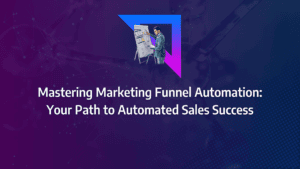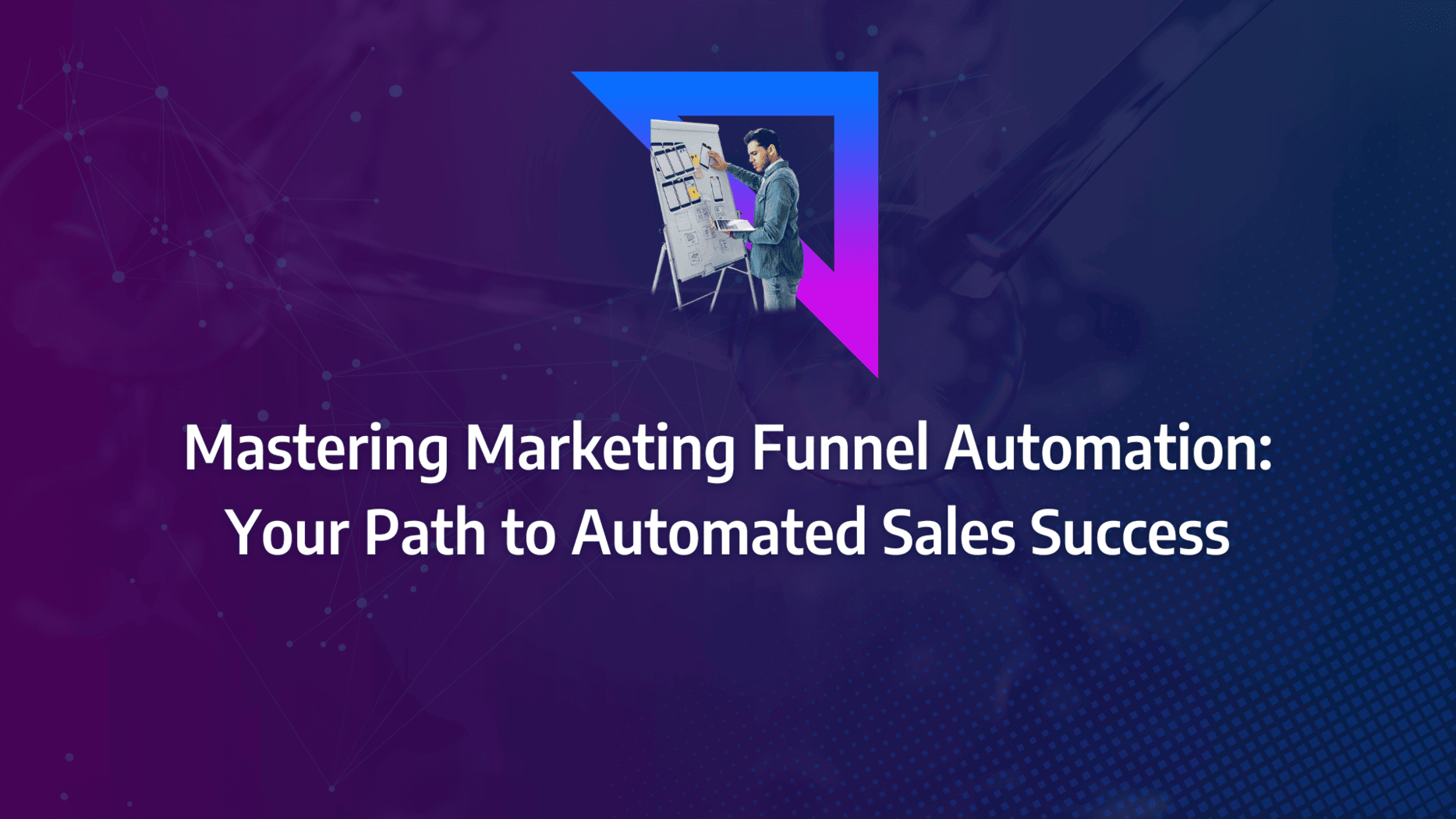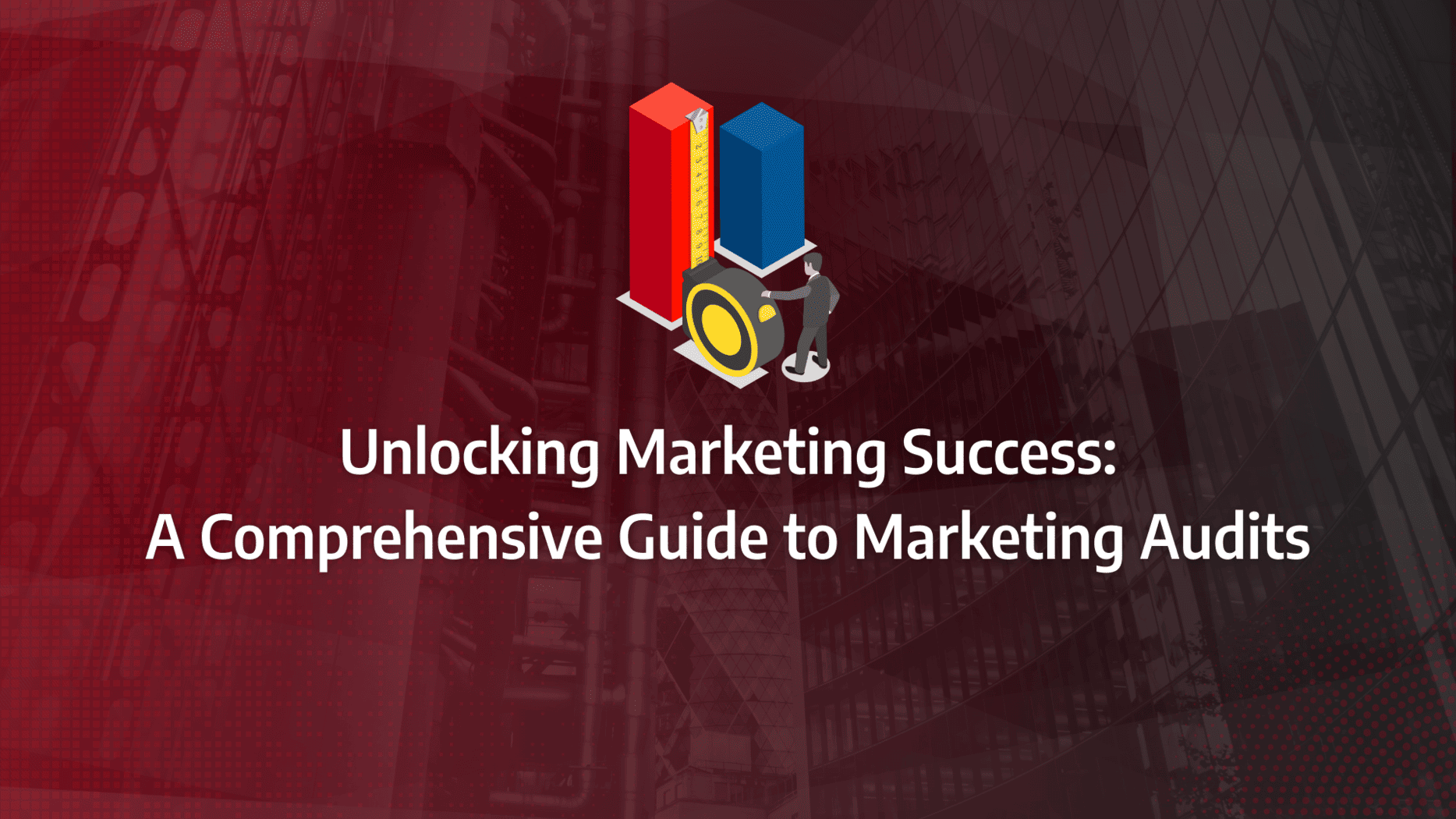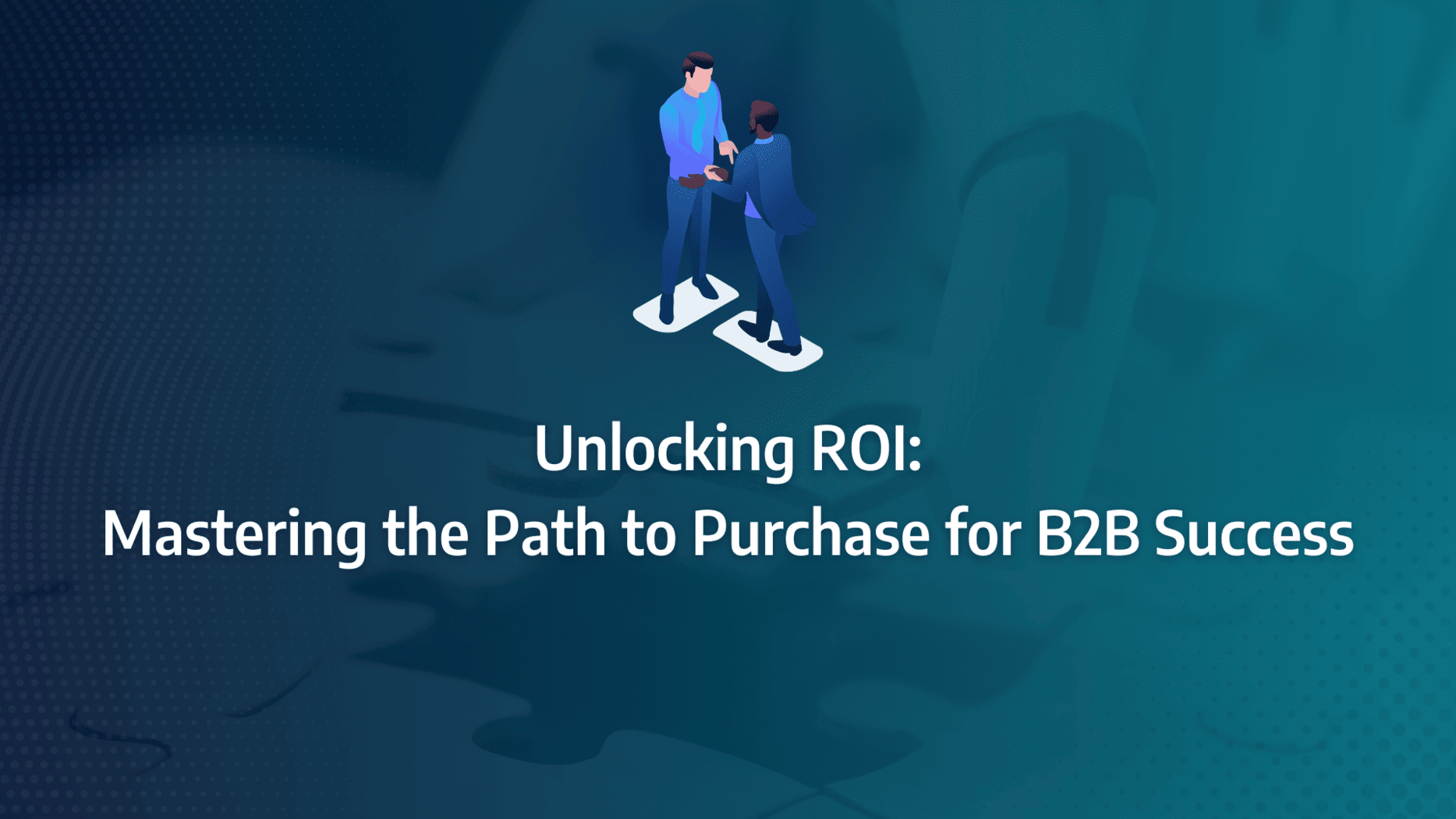Why Do You Need a Strategic Marketing Plan?
Many brands rush to go live on platforms like Instagram and Facebook, launching websites without a well-thought-out strategic marketing plan. This hasty approach often leads to targeting the wrong audience with ineffective sales messages.
A strategic marketing plan is crucial as it saves time and money and significantly influences the success of launching a new product or business. Understanding your exact audience, their purchasing preferences, and their online behaviour helps mitigate risks. Unlike a simple marketing calendar, a strategic marketing plan is a comprehensive approach to ensuring your marketing efforts are focused and effective from day one.
The Difference Between a Strategic Marketing Plan and Marketing Strategies
Strategic planning aims to create a roadmap for an organisation, guiding its divisions and departments towards specific goals and objectives. This process involves identifying internal and external threats and opportunities, conducting SWOT analyses, setting business goals, formulating initiatives, and defining metrics.
Conversely, your marketing strategy is tailored specifically to the products and services you offer. It details what you will sell, to whom, how you will deliver it, the pricing, and how your marketing efforts align with your company’s strategic goals. These elements are essential for developing detailed and effective marketing plans.
While the strategic marketing plan outlines targets and objectives for the entire organisation, including operations, human resources, product development, and sales, the marketing strategy focuses on initiatives to meet the organisation’s sales objectives as defined in the strategic plan.
What Should a Strategic Marketing Plan Cover?
- Market Position
Your strategic marketing plan should clearly define your market position. Identifying what sets you apart from the competition will help you capture a larger market share. Conducting a SWOT (strengths, weaknesses, opportunities, and threats) analysis of your competitors is crucial. Additionally, a thorough examination of consumer trends, preferences, attitudes, and outlooks will ensure your product or service maximises its appeal to the target market. - Business Goals
Articulating the company’s objectives is fundamental in developing a strategic marketing plan that aligns with these goals. For instance, in complex sectors like healthcare, the objective might be to educate customers on how your product solves their problems. In highly competitive categories, such as chocolate, the goal might be to drive brand awareness. Other business objectives could include achieving specific sales targets or becoming the market leader in a particular category. Without clearly defined business goals, a strategic marketing plan cannot effectively guide marketing efforts. - Market Opportunities
Identifying and leveraging market opportunities is essential. These opportunities can arise from various sources, such as competitors’ pricing strategies, regulatory changes, or shifts in consumer preferences (e.g., the growing demand for vegan products). Integrating these opportunities into your strategic marketing plan can drive growth and ensure a high return on investment (ROI) from the outset. - Target Market Defined
Precisely defining your target market allows you to create marketing messages that resonate with specific audience segments, making them more persuasive. Different demographic groups, such as baby boomers and millennials, respond to different messages. Understanding their needs, shopping habits, current product usage, lifestyle, and aspirations can significantly enhance the effectiveness of your marketing efforts. This granular approach in your strategic marketing plan can significantly boost ROI. - Marketing Budget
A strategic marketing plan must include a realistic marketing budget and a clear timeframe for implementation. Making tough decisions about which marketing activities to prioritise within the available budget is crucial. Additionally, allocating duties and responsibilities across the team ensures efficient execution of the strategic marketing plan.
By incorporating these elements, your strategic marketing plan will be comprehensive and actionable, driving your marketing efforts towards achieving business success.
7 Steps to Developing Your Strategic Marketing Plan
Optimising your marketing strategy from day one is crucial to achieving your business goals. Here are the 7 steps of the marketing strategy process to help you create a robust and effective strategic marketing plan:
Step 1: Goals, Objectives, and Key Performance Indicators (KPIs)
First, determine what your business aims to achieve. Once you’ve defined this goal, identify the specific objectives your marketing efforts need to meet to support this goal. Each marketing objective should have a clear KPI to measure success. Here are a few examples:
- Up-selling to Existing Customers: If your company aims to have existing customers switch from a standard product to a premium version, the objective could be to drive customer sampling both in-store and online. The KPI might be the number of samples distributed and the conversion rate of these samples to purchases.
- Driving Awareness to a Niche Audience with a Low Budget: For a company launching a new vegan food product, the objective might be to maximise awareness among vegan food enthusiasts. This could be achieved by collaborating with Instagram influencers who have significant reach in this niche. KPIs here could include the number of impressions from influencer posts and the inbound traffic to your website from Instagram.
Translating broad business objectives into specific marketing goals is often overlooked but is essential for ensuring that every penny of the marketing budget contributes effectively to the overall business goal. A marketer who can accurately translate business goals into detailed marketing objectives is invaluable. Measuring each marketing objective against a KPI keeps the marketing team focused on continuously optimising their activities.
KPIs should be specific, measurable, aspirational, realistic, and time-bound (SMART).
Step 2: Analyse Your Situation
To achieve your company goals, it’s vital to understand the current context in which your business operates. This understanding will help you build a robust strategic marketing plan that effectively navigates complexities. Here are the strategic marketing process steps for situational analysis:
- Customer Analysis
To truly understand your customers, consider conducting online surveys to ask your target audience what they seek in a product like yours. Secondary research reports from management consulting firms, advertising agencies, and research houses are also valuable sources of customer insight. Utilise customer insight tools like Google Trends and Facebook IQ to gather comprehensive data. Once you have this information, create a detailed customer persona that outlines your typical customer. This persona will guide your marketing efforts. - Competitor Analysis
Identify the strengths, weaknesses, and opportunities posed by your competitors to market your business more effectively. Analyse social media chatter about your competitors’ brands to understand customer sentiments. Conduct customer surveys to gather opinions about your competitors. Use tools to reverse-engineer their SEO, PPC, and digital marketing strategies. Lastly, perform a qualitative analysis of your competitors’ websites to understand their brand positioning, tone of voice, pricing, values, and key sales messages. - Category Analysis
Understanding industry trends is crucial for navigating issues and capitalising on emerging opportunities. Consult industry associations, government publications, and innovation reports to stay informed. For example, recognising the rise of companies like Uber is essential when entering the taxi business. This knowledge will inform your strategic marketing plan. - Channel Analysis
Determine where your target customers spend their time online and what content they engage with. This information will help you choose the right marketing channels. While analysing competitors’ channel usage is helpful, avoid merely copying their strategies. Instead, look for overlooked channels that could yield high ROI. Tools like Facebook IQ and Alexa.com can provide valuable audience insights. - Company Analysis
Evaluate your company’s previous successes and be honest about past failures. Understand what your company excels at and what customers expect from it. This analysis is critical for mapping a path that makes your customers fall in love with your brand and helps you outperform the competition.
Step 3: Define Your Key Marketing Messages
With the comprehensive insights gained, it’s time to articulate the key marketing messages that will resonate deeply with your target audience. These messages should be cohesive and reinforce each other to create a unified brand voice. Given that customers have limited attention spans, it is crucial to keep these messages concise and impactful.
Core Brand Proposition
Your core brand proposition should succinctly explain why your business exists and how it enhances your customers’ lives.
Mission Statement
Clearly articulate what your business does, how it does it better than competitors, and what you aim to achieve. This statement should reflect your strategic marketing plan.
Functional Reasons to Believe
Define why customers should choose your product. Highlight the functional benefits, the pain points your product resolves, and the tangible gains for the customer.
Emotional Reasons to Believe
Explain the emotional benefits your product or company offers. Describe how your product makes the customer feel and the emotional value it provides.
Step 4: Outline Your Tactics
Your strategic marketing plan should encompass more than just digital channels like Facebook and Google. Consider partnerships with industry associations, event sponsorships, public speaking engagements, and referral marketing. The insights into customer behaviour and market opportunities should guide you in choosing the most effective marketing tactics. Here are the key factors to consider:
- Target Demographic
Identify where your target audience spends their time and what captures their attention. - Budget
Ensure that your marketing activities are feasible within your budget. Make tough decisions to prioritise the most impactful tactics. - Brand Alignment
Choose marketing tactics that align well with your brand image. - Price Point
Consider the cost of your product. If it’s a luxury item, your marketing mix should target higher-end consumers who are typically more expensive to reach. - B2C Channels
Evaluate the effectiveness of social media, SEO, PPC, influencer marketing, and broadcast media (TV, radio, etc.). - B2B Considerations
For B2B marketing, focus on Twitter, email campaigns, LinkedIn, SEO, PPC, and public relations.
Step 5: Finalise the Budget
Allocating your marketing budget can be challenging, but informed decisions are key. If you have historical marketing performance data, use it to guide your budget allocation. If not, look for industry benchmarks to understand the expected effectiveness and required budget for your marketing mix. Here are some example benchmarks:
- Email: Open rates, click-through rates, and conversion rates.
- Website: Visitor-to-conversion rates, visitor-to-email signup rates.
- PPC: Click-through rates and cost per click.
- Social Media: Cost per lead, likes per post, cost per impression, and cost per click.
- Price Comparison Sites: Cost per click.
Step 6: Build the Timeline
Creating a detailed marketing schedule is essential for orchestrating activities and ensuring a coordinated approach that maximises impact. Begin with smaller activities to test your marketing messages before launching larger budget items. A well-structured timeline should include the following elements:
Phasing
Determine the phases of your campaign. Will you start by raising market awareness, or do you need to educate your audience first? You might then proceed to product sampling. Phasing your campaign ensures you select the appropriate marketing mix throughout the programme.
Channel Planning
Plan the timing for each marketing channel. Some channels are more cost-effective than others (e.g., TV versus Facebook ads). By scheduling when each channel will be utilised, you can optimise your marketing mix within budgetary constraints.
Live Dates
Consider the duration you can afford for your campaign. Avoid relying solely on one or two marketing channels or activities. This strategy mitigates the risk of disappointment if a specific channel underperforms. If you have historical performance data, use it. Otherwise, diversify your mix to spread the risk.
Marketing Assets
Identify the marketing assets required for your campaign. Paid media, for instance, cannot be launched without the necessary creative assets. Ensure these assets are planned into your timeline to guarantee a seamless marketing launch.
Step 7: Build the Project Plan for the Marketing Team
Effective planning of roles, responsibilities, and resource allocation is crucial for driving the marketing plan forward. Assess available resources, identify what needs to be sourced, and determine the time commitment required from each team member.
- Team Structure: Outline the roles and responsibilities of all team members, coordinating efforts based on the established timeline.
- Dependencies: Many marketing activities are interdependent. For instance, banners cannot go live without the creative assets, and PR efforts require a press release. Plan for these dependencies and ensure all stakeholders are informed.
Marketing should be an ongoing effort to maintain market traction and drive sales. Measuring performance against marketing KPIs and business goals provides insights into optimising initiatives continuously.
Continuous optimisation involves refining and improving the marketing mix until a set of predictable, repeatable activities is established. The marketing landscape is dynamic, with new platforms, channels, and techniques emerging regularly. Business goals and market conditions also evolve.
Revisiting your strategic marketing plan quarterly and annually ensures you adapt your marketing mix to align with changes in the business, customer behaviour, and the broader market environment. This approach keeps your marketing strategies effective and relevant.
What Are the Three Major Problems of Marketing Strategy Implementation?
Strategic marketing planning offers an overarching view of the industry and serves as a predictive model for best practices and pathways to success. However, during the implementation of marketing strategies, organisations often encounter three significant challenges:
- Interdependence
A strategic marketing plan dictates how strategies are executed across various departments within a business. However, the reverse is also true; raw data from business insights, such as profit-sharing and employee training, can also influence the marketing strategy. This interdependence requires a cohesive approach, ensuring that all departments are aligned and working towards the same goals. - Evolution
Environmental factors such as changes in supply and demand are constant and can significantly alter a marketing strategy. These variables necessitate flexibility in both strategy design and implementation. Businesses must anticipate and make room for inevitable changes, ensuring their strategies are adaptable to shifting market conditions. - Separation
There is a risk that strategic marketing planning can become misaligned with business goals, particularly if the plans are crafted primarily to impress clients and board members. This misalignment can lead to unrealistic marketing goals and strategies that ultimately strain business resources. Professionals must focus on creating realistic and achievable plans that are in harmony with the overall business objectives.
By understanding and addressing these challenges, businesses can develop a robust strategic marketing plan that not only aligns with their goals but also adapts to changing market conditions and internal dynamics. This approach ensures the successful implementation of marketing strategies that drive sustainable growth.

 Sign Up And Get Demand Generation Tools & Resources In Your Inbox Twice A Month
Sign Up And Get Demand Generation Tools & Resources In Your Inbox Twice A Month








